Scientists have identified a new crocodile precursor, Tainrakuasuchus bellator, that lived 240 million years ago and occupied a powerful niche in the Triassic food chain. The discovery, announced on November 12, 2025, reveals a fierce, interconnected world just before dinosaurs took over. Researchers have confirmed that this armored animal was an early relative of modern crocodiles, despite its dinosaur-like appearance.
According to Dr. Caio Fantini, lead researcher on the project, "Tainrakuasuchus bellator was a formidable predator that hunted with speed and precision. Its fossils reveal deep evolutionary links between South America and Africa, shedding light on a vibrant ecosystem that existed just before dinosaurs emerged." Fantini's team discovered the fossils in South America, which date back to the Triassic period, a time when the supercontinent of Pangaea was still intact.
The discovery of Tainrakuasuchus bellator provides valuable insights into the evolution of crocodilians and their role in the Triassic ecosystem. "This find is significant because it shows that crocodilians were not just passive inhabitants of the ancient world," said Dr. Fantini. "They were active predators that played a crucial role in shaping the food chain."
The Triassic period, which spanned from 252 million to 201 million years ago, was a time of great upheaval on Earth. The supercontinent of Pangaea was still forming, and the climate was much warmer than it is today. The discovery of Tainrakuasuchus bellator provides a glimpse into this ancient world, where dinosaurs, crocodilians, and other reptiles coexisted in a complex and dynamic ecosystem.
The implications of this discovery are far-reaching, offering new insights into the evolution of life on Earth. "This find highlights the importance of interdisciplinary research and the value of exploring the natural world," said Dr. Fantini. "By studying the ancient past, we can gain a deeper understanding of the present and the future."
The discovery of Tainrakuasuchus bellator is a significant contribution to the field of paleontology, and it has sparked renewed interest in the Triassic period. Researchers are eager to learn more about this ancient world and the creatures that inhabited it. As Dr. Fantini noted, "There is still much to be discovered, and we look forward to continuing our research and shedding more light on the mysteries of the ancient world."
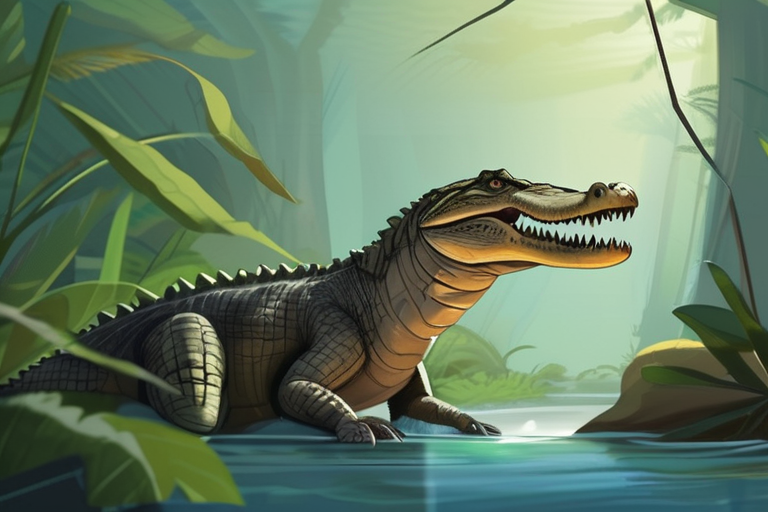


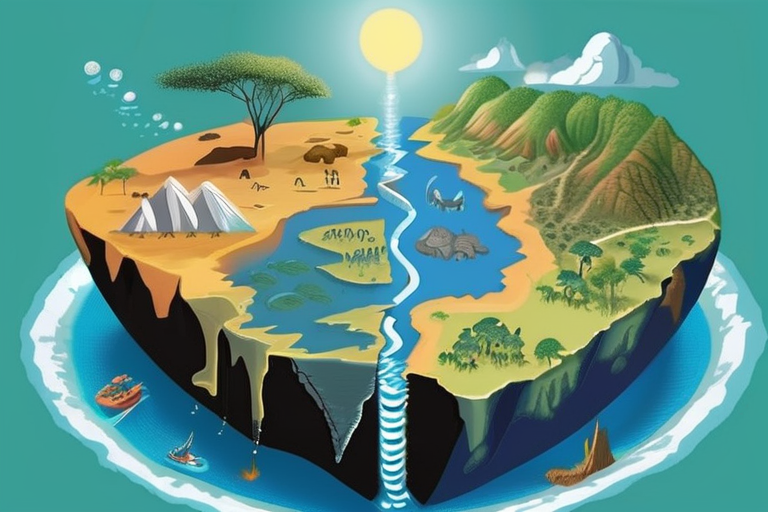
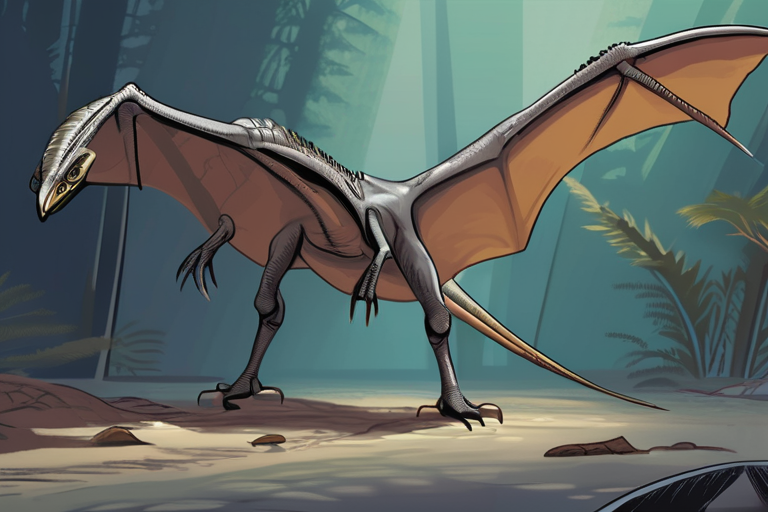
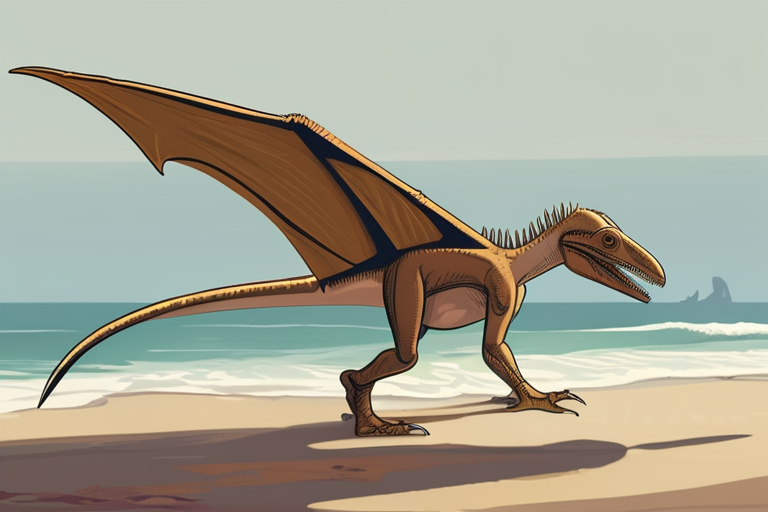


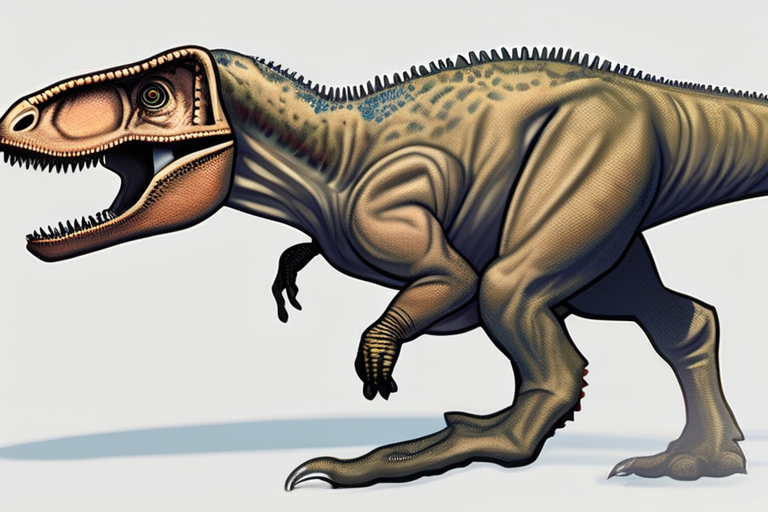

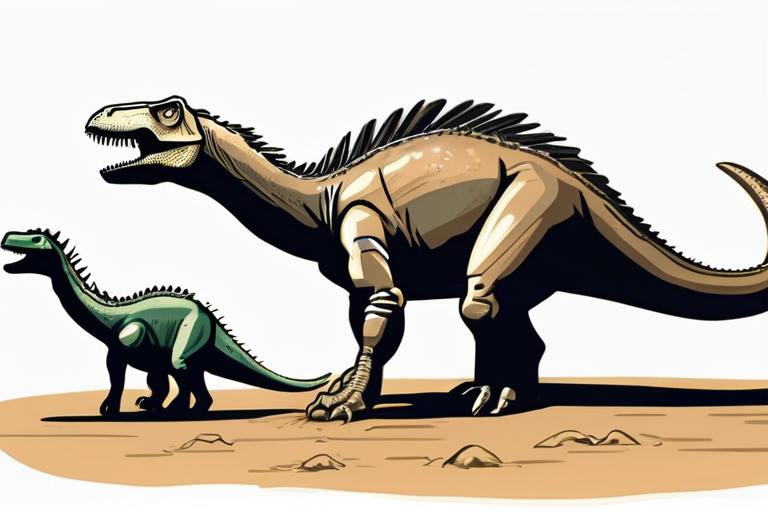

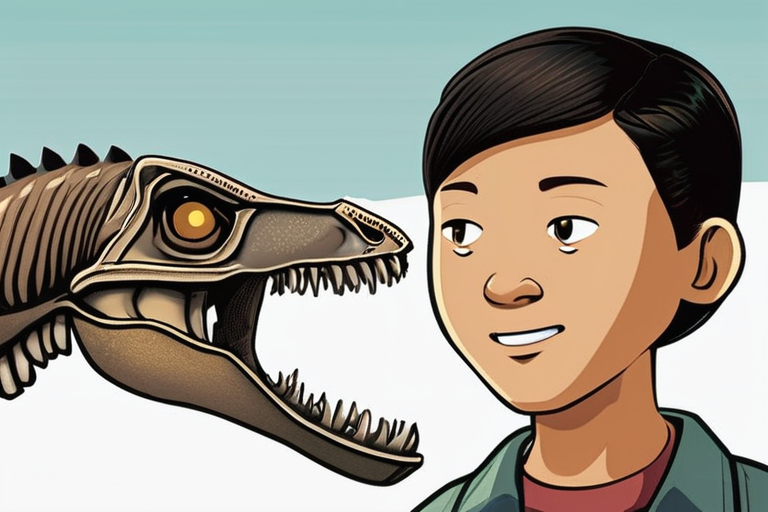
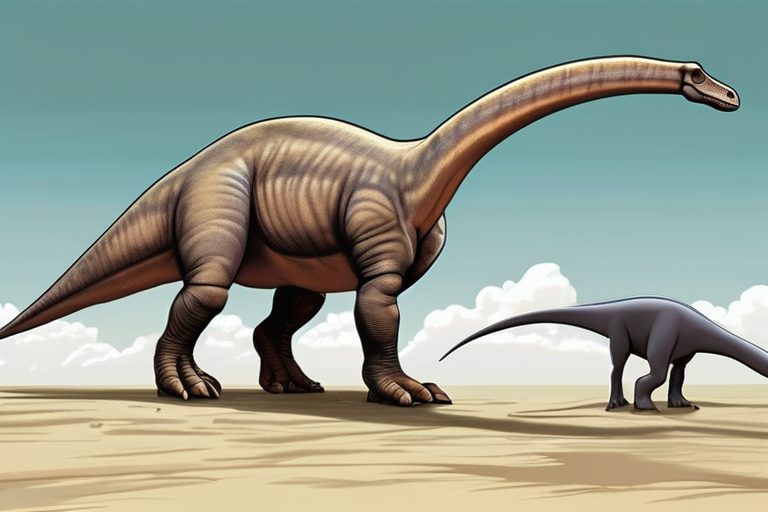
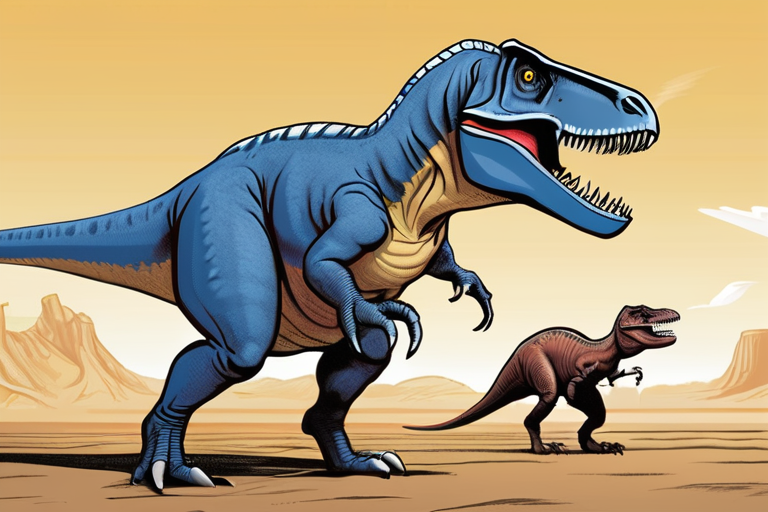


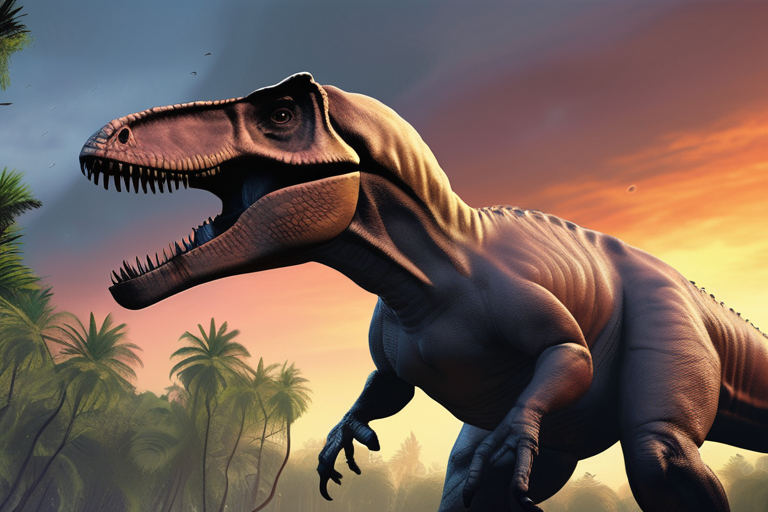
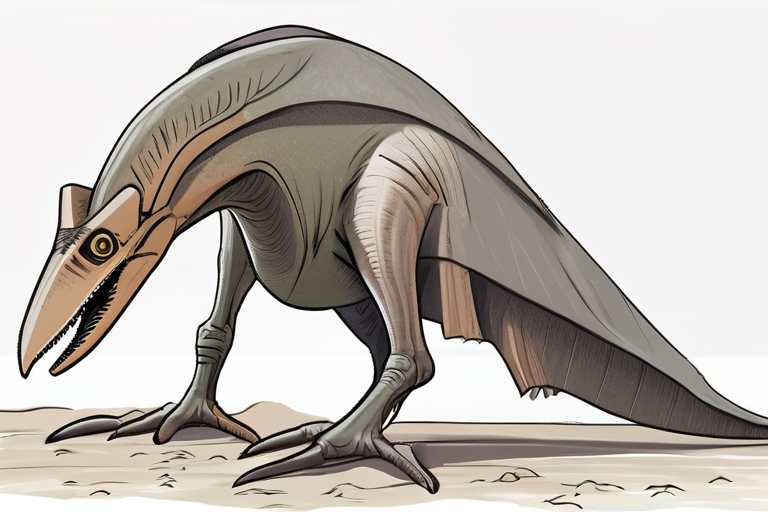
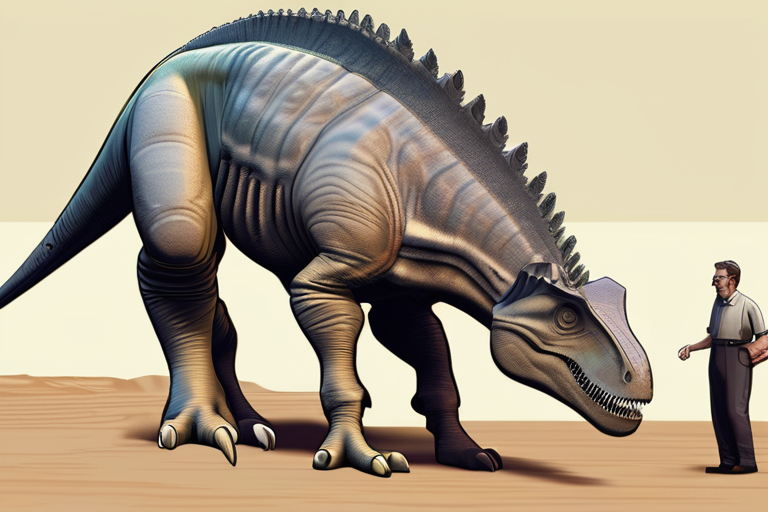

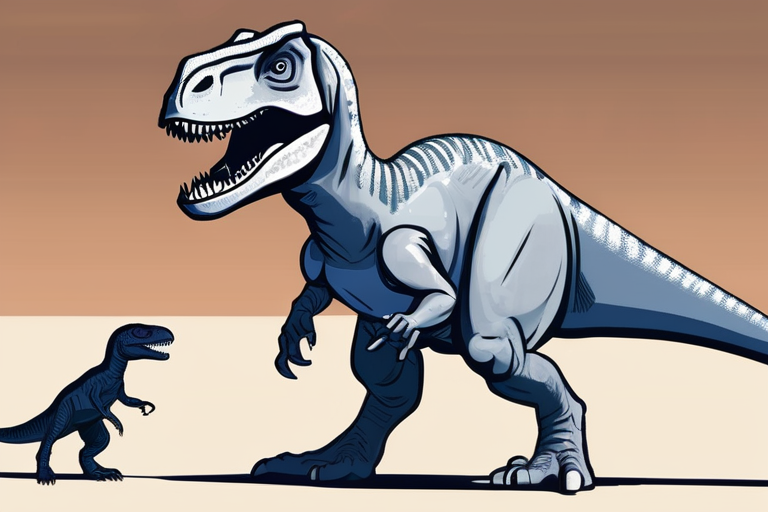


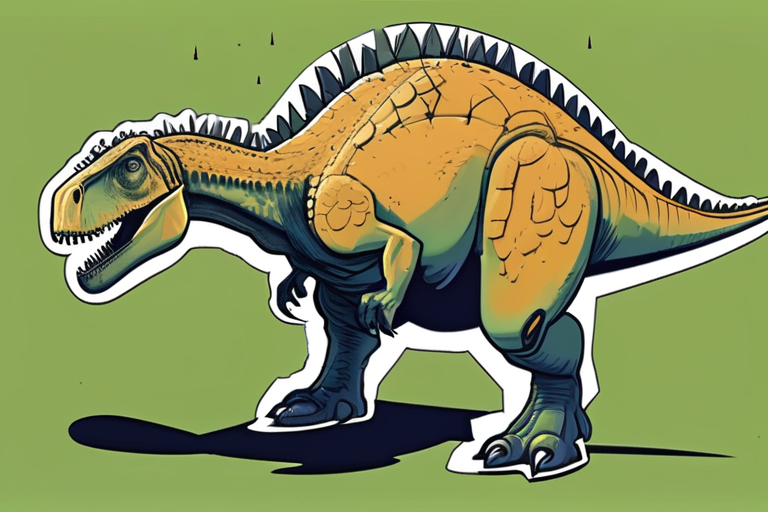
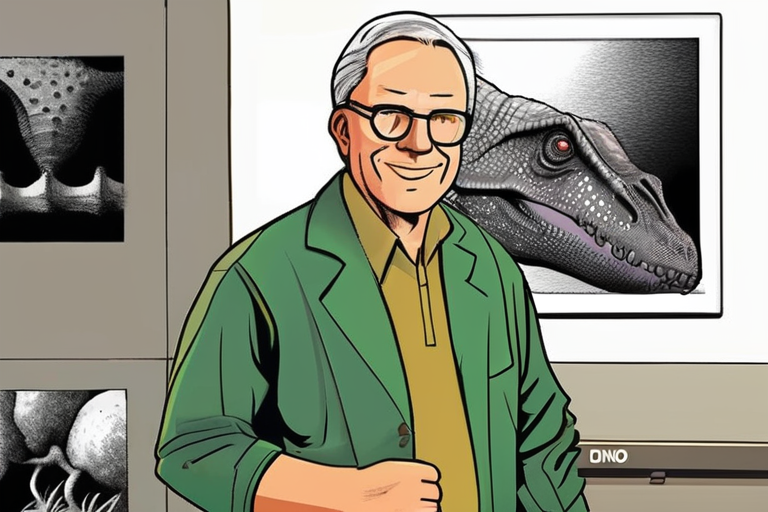

Share & Engage Share
Share this article